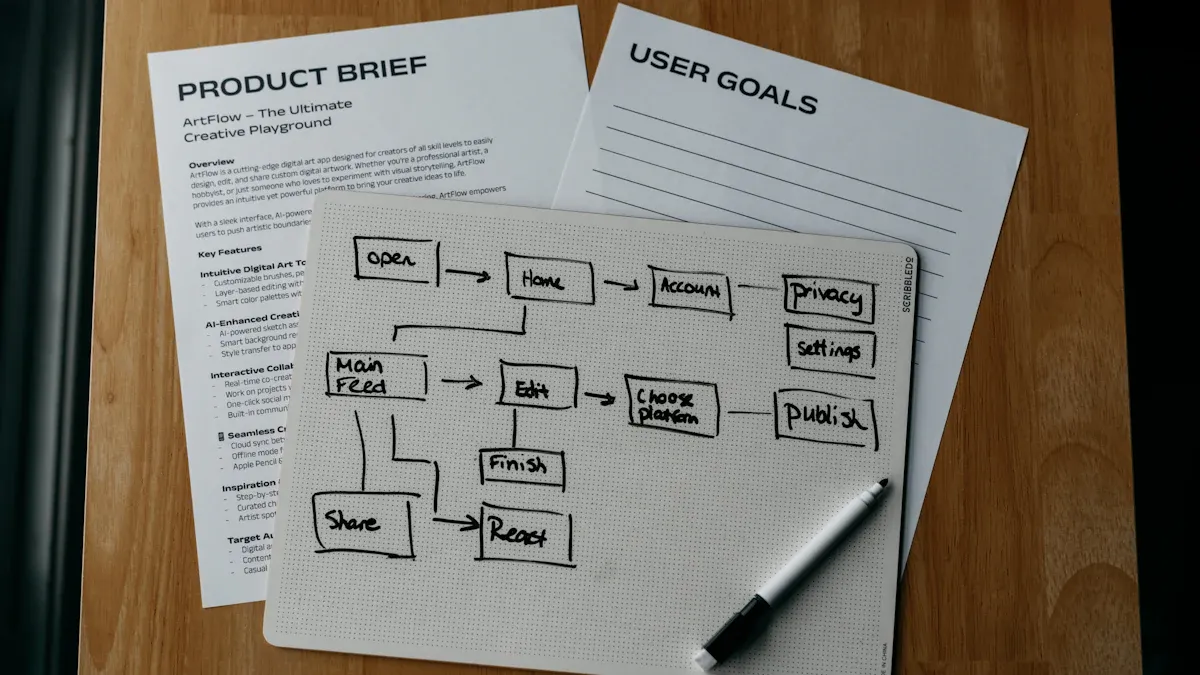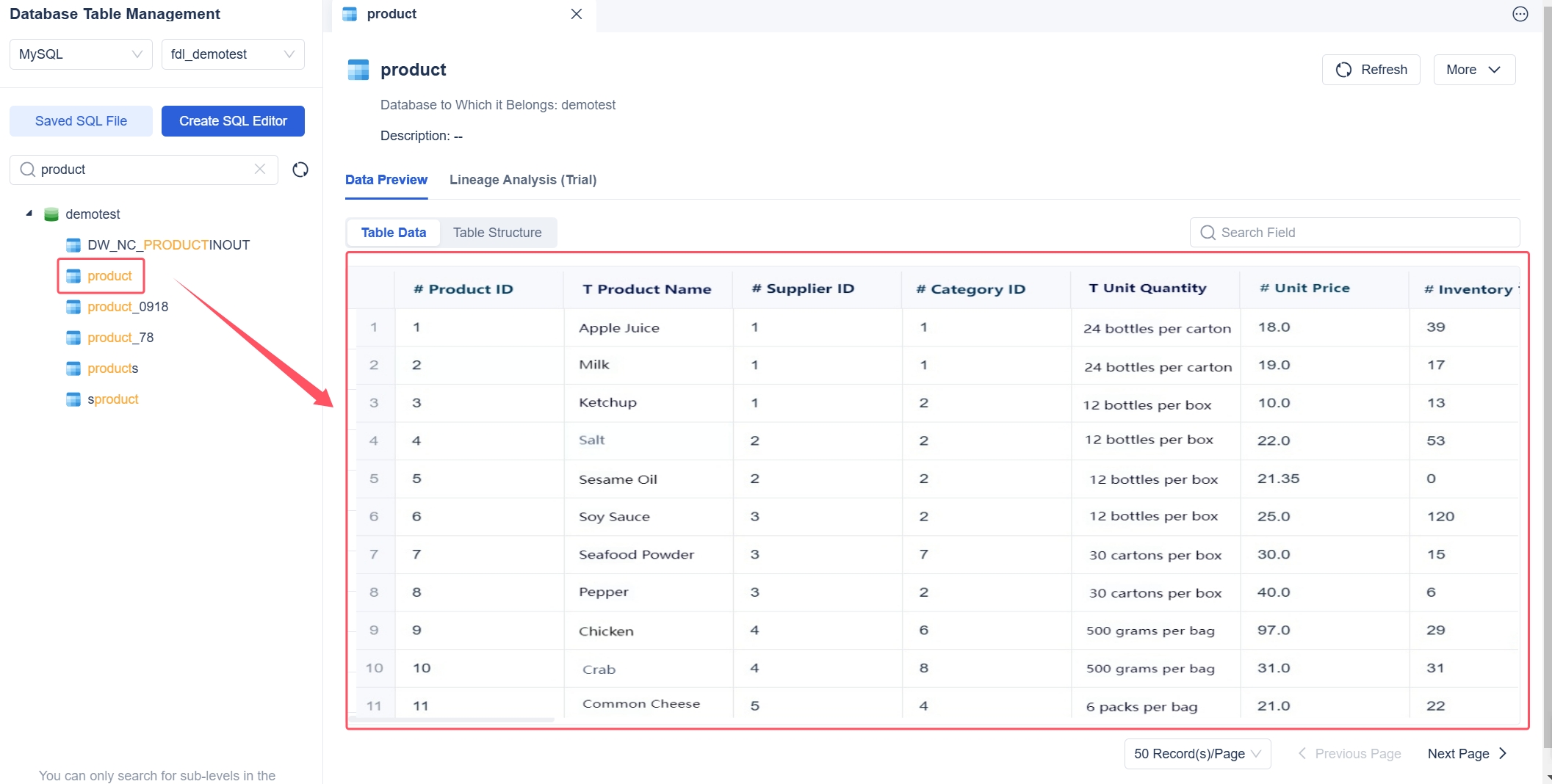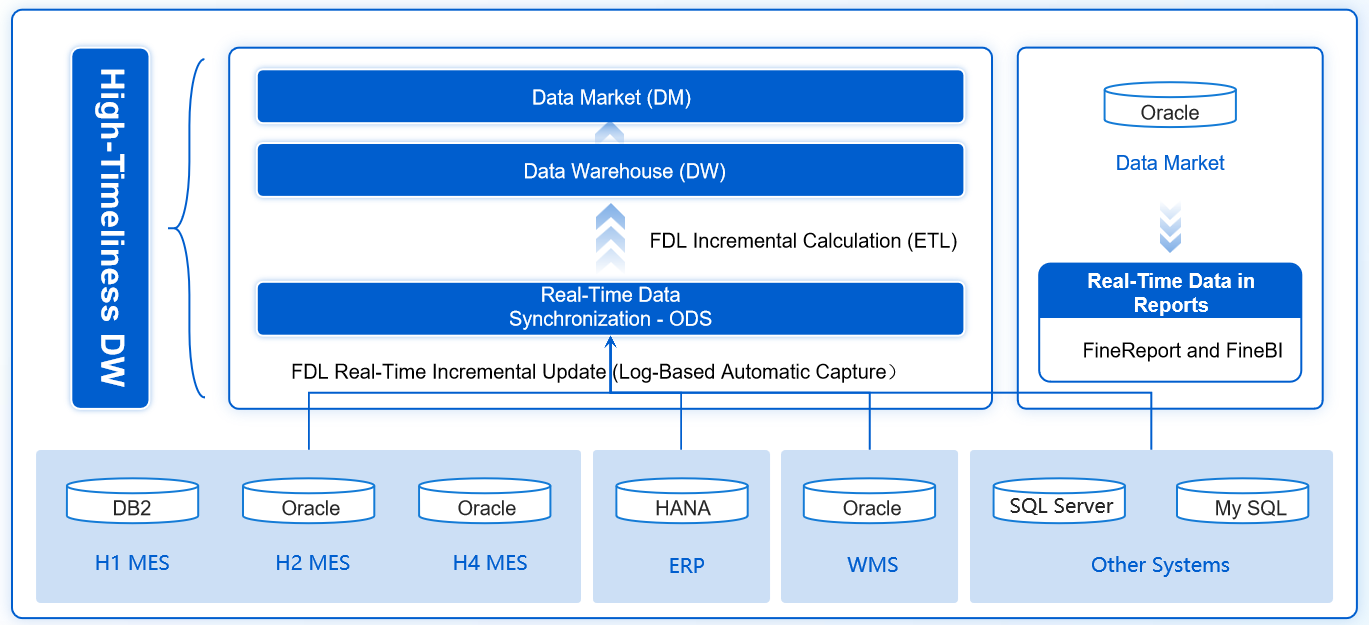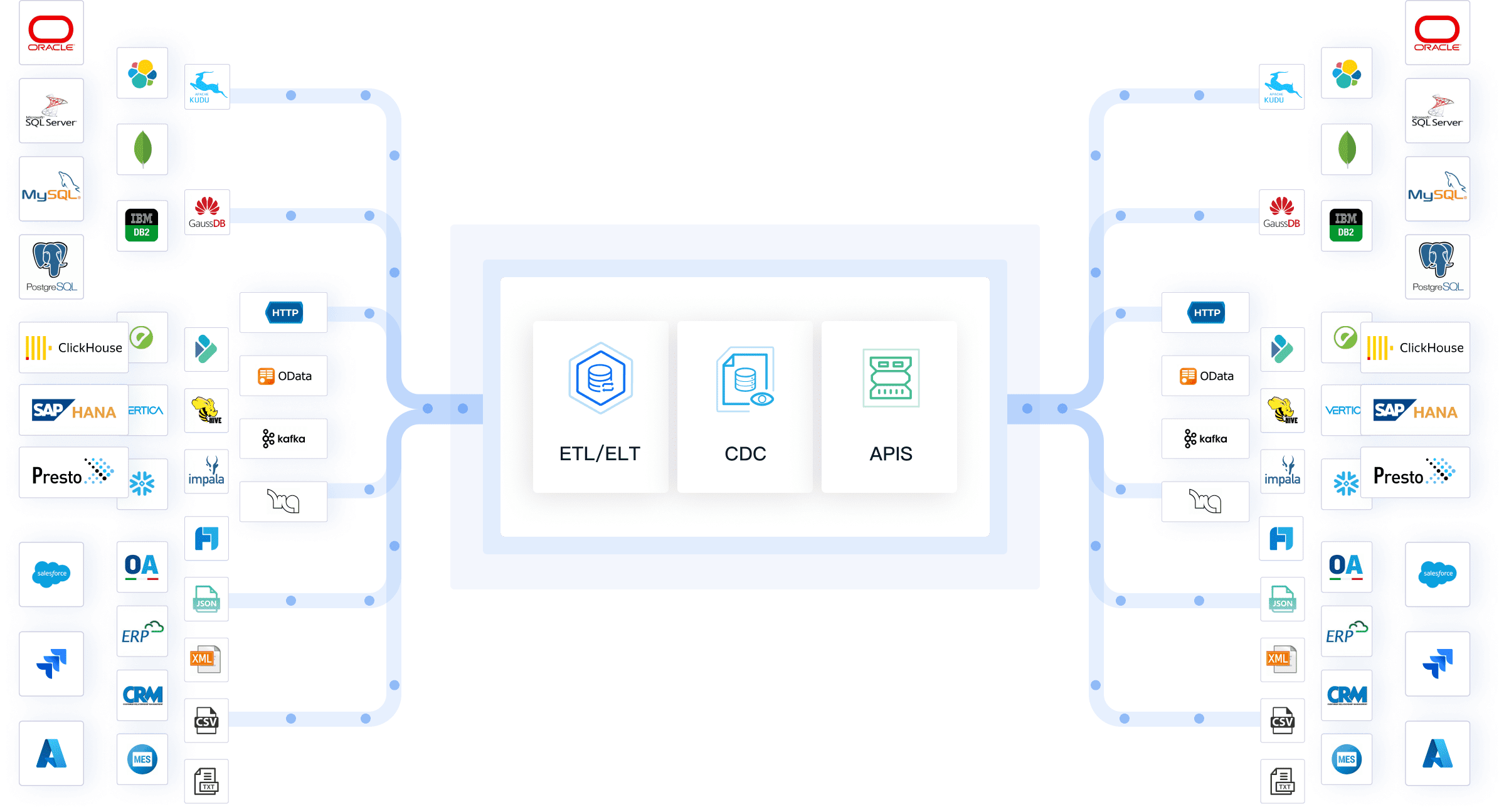You can boost your data management process by starting with a data governance framework template. Begin by understanding your current data assets and what your organization needs. When you use a template, you build compliance into daily workflows and make roles clear for everyone. This approach improves accountability and supports better decision-making. Regularly engage your stakeholders and review your framework to keep up with changing regulations. Solutions like FineDataLink help you implement and tailor your template for lasting results.
Customize Your Data Governance Framework Template

Assess needs
Start by evaluating your current data assets before you customize your data governance framework template. You need to know what data you have, where it is stored, and who uses it. Begin with a review of your existing documentation about data management, data stewardship, and metadata management. Conduct a readiness assessment to see how prepared your organization is for data governance. Identify all stakeholders, both business and technical, from every level. Assess your business needs for data governance, data stewardship, and data quality. Compare your current practices to an industry-standard data governance maturity model. Create a document that shows your current state and develop recommendations for the future. Use a phased plan to guide your implementation.
- Review key documentation on data management and stewardship.
- Assess readiness for data governance.
- Identify stakeholders and business needs.
- Compare current practices to industry standards.
- Develop a phased plan for improvement.
Adapt sections
You should adapt each section of your data governance framework template to fit your business processes and policies. Align your template with your organization’s goals and value streams. Use just-in-time governance by embedding policy checks into daily workflows. Assign clear ownership for each data domain to prevent confusion. Transform policy statements into step-by-step actions that your team can follow. This approach bridges the gap between theory and practice and supports data governance best practices.
| Method | Description |
|---|---|
| Just-in-time governance | Embed policy checks into workflows for better alignment with business needs. |
| Clear ownership | Assign roles to ensure accountability in governance initiatives. |
| Step-by-step processes | Turn policies into actionable steps for your team. |
Use FineDataLink
FineDataLink helps you tailor your data governance framework template to your unique needs. The platform supports you as you map your data domains, define data owners, and set up business glossaries. FineDataLink also offers data governance tools that make it easier to track compliance and improve data quality. With FineDataLink, you can automate many tasks and keep your data governance framework up to date.

Assign Roles in Data Governance Framework Template

Define roles in your data governance framework template
You need to define roles clearly in your data governance framework template to build accountability. When you assign specific responsibilities, you prevent gaps and reduce confusion. You also avoid duplication of effort. In large organizations, several critical roles support your data governance framework. These include:
- Governance Committee: Senior managers and experts who guide the program.
- Chief Data Officer (CDO): Oversees your data strategy and ensures compliance.
- Data Owners: Department heads who manage data in their domains.
- Data Stewards: Maintain data consistency and safety, bridging business and technical teams.
- Data Architects: Design systems for smooth data flow.
- Data Engineers: Build and maintain data systems.
- IT Teams: Secure and support the technical environment.
- Everyday Data Users: Employees who follow governance policies.
Each role supports your data governance best practices and helps maintain high data quality.
Map responsibilities in your data governance framework template
Mapping responsibilities in your data governance framework template ensures that everyone knows their tasks. You can use data governance tools and frameworks to organize these responsibilities across departments. Here is a comparison of popular tools:
| Framework/Tool | Description |
|---|---|
| Microsoft Purview Data Governance | Manages and governs data across cloud and on-premises sources. |
| Informatica Intelligent Data Management Cloud | Centralizes master data and maintains compliance. |
| Collibra Governance | Automates stewardship and policy management. |
| Alation Data Catalog | Indexes data and provides guidelines for analytics. |
| erwin Data Intelligence | Combines cataloging and literacy for policy compliance. |
You should maintain accurate data inventories and automate data discovery to keep your mappings current. Involve cross-functional teams from legal, IT, and security to ensure compliance. Regular reviews help you adapt to changes in data flows and regulations.
Engage stakeholders in your data governance framework template
Engaging stakeholders in your data governance framework template increases the success of your program. Start by identifying everyone affected by data governance. Communicate the benefits, such as better decision-making and improved data quality. Establish a governance committee to oversee initiatives. Provide regular updates through dashboards and reports. Encourage feedback and participation to keep stakeholders involved.
A clear vision and roadmap align stakeholder goals with your data governance framework. Executive sponsorship connects your program to business strategy. Continuous improvement metrics show the value of your efforts and keep stakeholders engaged.
FineDataLink supports role assignment and stakeholder engagement. The platform helps you map responsibilities, automate updates, and track participation. You can use FineDataLink to streamline your data governance framework template and improve collaboration.

Monitor and Improve With Your Data Governance Framework Template
Review regularly in your data governance framework template
You need to review your data governance framework template at regular intervals to keep it effective. Annual assessments work best for most organizations. You should avoid frequent reassessments because they rarely produce significant changes and can waste resources. Organizations can only implement a limited number of changes in a short time frame. A yearly review helps you track progress and identify areas for improvement. You can use a checklist to guide your review process and ensure you cover all critical aspects.
- Assess your data governance maturity once a year.
- Document changes and update your data governance framework template.
- Involve stakeholders in the review process.
Track compliance in your data governance framework template
Tracking compliance is essential for maintaining trust and meeting regulatory requirements. You face several common compliance issues when monitoring your data governance framework template:
- Evolving regulations challenge your ability to stay current.
- Gaps and overlaps in policies can create confusion.
- Monitoring needs increase as your data grows.
- Legacy systems may expose vulnerabilities.
- Data breaches pose significant risks.
- Lack of expertise and cost concerns can slow progress.
You can measure the effectiveness of compliance tracking by establishing key performance indicators (KPIs). These metrics help you evaluate your data governance strategies and ensure compliance. You should set clear objectives, develop a monitoring framework, and use data governance tools for tracking. Regular audits and reviews help you refine your practices. Common metrics include compliance rates, progress tracking, and risk identification.
| Metric | Description |
|---|---|
| Data accuracy rates | Percentage of data records meeting defined accuracy standards. |
| Data completeness scores | Proportion of required fields populated across critical datasets. |
| Compliance violation incidents | Frequency and severity of regulatory breaches, indicating improved compliance. |
| Time to data discovery | Average time required to locate relevant datasets, reflecting operational efficiency. |
Improve with FineDataLink in your data governance framework template
FineDataLink supports ongoing improvement and adaptation of your data governance framework template. The platform tracks data quality improvements using metrics like completeness and accuracy. You can measure operational efficiency gains by reducing time spent on data-related tasks. FineDataLink demonstrates risk reduction by tracking the number of data breaches prevented. You can conduct maturity assessments to identify areas for improvement and embrace continuous feedback to adapt governance practices. FineDataLink emphasizes data observability, regular checks, and validations. The platform maintains compliance by tracking data lineage and changes. Features like anomaly detection and schema monitoring help you identify issues proactively. You benefit from improved decision-making, enhanced reputation, and increased collaboration across teams.

You can strengthen your data governance by customizing your framework template, assigning clear roles, and monitoring progress. When you apply and review your data governance policies regularly, you gain:
- Improved data quality and accuracy
- Better decision-making and operational efficiency
- Enhanced data security and risk management
- Compliance with regulatory requirements
Involving stakeholders and following data governance principles helps you overcome challenges like unclear roles and inconsistent data.
FineDataLink supports ongoing improvement, helping you build a strong foundation for long-term success.
| Impact | Description |
|---|---|
| Enhanced Decision-Making | Make informed choices using reliable data. |
| Improved Operational Efficiency | Streamline processes and reduce redundancies. |
| Fostering Innovation | Encourage creativity and new opportunities. |
| Enhanced Reputation | Build credibility with stakeholders. |
| Risk Management | Prevent data breaches and ensure data integrity. |

Continue Reading About Data Governance Framework Template
Enterprise Data Integration: A Comprehensive Guide
What is enterprise data and why does it matter for organizations
Understanding Enterprise Data Centers in 2025
Enterprise Data Analytics Explained for Modern Businesses
FAQ

The Author
Howard
Data Management Engineer & Data Research Expert at FanRuan
Related Articles

Top 10 Database Management Tools for 2025
See the top 10 database management tools for 2025, comparing features, security, and scalability to help you choose the right solution for your business.
Howard
Dec 17, 2025

Best Data Lake Vendors For Enterprise Needs
Compare top data lake vendors for enterprise needs. See which platforms offer the best scalability, integration, and security for your business.
Howard
Dec 07, 2025

Top Data Ingestion Platform Compared
Compare the top 7 data ingestion platforms, including real-time features, integration, scalability, and pricing to find the best fit for your business.
Howard
Dec 04, 2025



